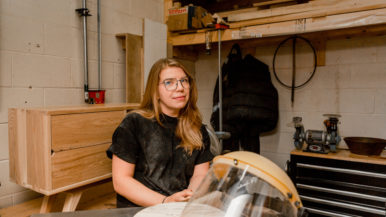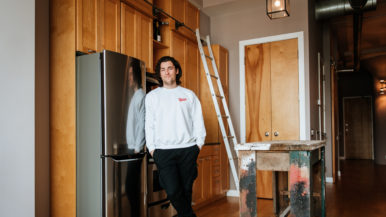Is Toronto ready for stage two? The stats say yes
Three months after an emergency was declared, new cases are dropping, contact tracing is ramping up, and the hospital system looks stable
“Today is a good news day for Toronto,” said Mayor John Tory on Monday. It took three months, but Toronto is finally reopening.
Earlier that day, Premier Doug Ford announced that Toronto and Peel Region will move to stage two of the province’s reopening schedule on Wednesday, leaving only hard-hit Windsor-Essex in stage one. For everyone dealing with increasingly shaggy hair (let’s not even talk about hair colour), trims are back on the table—if you can get an appointment. Also reopening are shopping malls and restaurants, which can seat patrons on outdoor patios or curbside areas. Public pools open on Friday, the mayor confirmed.
It’s been a long 98 days since Ontario declared an emergency on March 17 to deal with the growing Covid-19 threat. On that day, the province had recorded 189 cases since its first on Jan. 25. Even then, the GTA was the epicentre of the province’s cases, accounting for nearly 70 per cent of those cases.
By June 22, the province had recorded more than 35,000 cases, with Toronto accounting for nearly 14,000, and the GTA 25,000. The city has 20 per cent of the province’s population, but it accounts for 39 per cent of all cases in Ontario. In the last week alone, Toronto reported 67 new cases each day, compared to 124 for the rest of the province. That concentration was the reason it took so long for Toronto to join the rest of Ontario in stage two.
Charts updated as of June 23 at 10:00 a.m.
With so many fatal outbreaks at long-term care facilities, Toronto dwarfed the rest of the province in deaths as well, posting around 40 per cent of all Covid-19 deaths in the province.
Recently, however, the data on the city’s Covid-19 monitoring dashboard began moving from yellow to green. New hospitalizations are down to 2.9 a day, the number of outbreaks has fallen and the ICU bed occupancy rate stands at 62 per cent, with only 26 per cent of ICU ventilator beds occupied.
In addition, Toronto Public Health reports that local hospitals have stockpiles of N95 masks for 573 days, while their supplies of PPE eyewear can last for 313 days.
Most importantly, the number of new cases now appears to be on a firmly downward march. The numbers spiked on the weekend of June 6 and 7, when hundreds of cases that weren’t properly reported earlier in the spring by William Osler Health System were dumped into the reporting system. Since then, the numbers have gone steadily down, with only the occasional bump up, like on Sunday, when Toronto reported 88 cases, then back down to 37 new cases on Monday.
That delayed-case bump happened again on Saturday, June 20, when Toronto reported 25 deaths, of which 24 were related to outbreaks that occurred between mid-April and mid-June. Without that one-time surge, Toronto has reduced its daily death toll to single digits for the last two weeks.
As well, the city is getting faster at starting contact tracing: it contacts 96.7 per cent of newly infected residents within the first 24 hours of receiving the lab reports, well ahead of its goal of 90 per cent.
If there is one nagging trouble spot, it’s getting lab results to public health officials in a timely manner. The system is notoriously old, cumbersome and inefficient. Only 23 per cent of lab results are given to public health within the first 24 hours, far short of its goal of 60 per cent. That is so inefficient that Toronto has awarded itself a red card for that transfer process.
“I’m confident that if this reopening goes well and if people continue to follow public health guidelines … we will keep making good progress and we will move safely, and hopefully quickly, into stage three,” Tory said.
“I am confident that we can enter stage two with ongoing care,” said Dr. Eileen de Villa. Though, ever the professional public health official, she also said that “we will need to be watching very carefully for any flare-ups of new cases … We still need to be thoughtful and cautious to keep everyone safe.”
Daily data can spike or plummet, depending on when testing is done, so, to better help see overall shifts, Toronto Life uses a method called a rolling (or moving) average, which includes comparing percentage changes between averages over several days. This method smooths the lines for each jurisdiction and makes trends more readily apparent.





